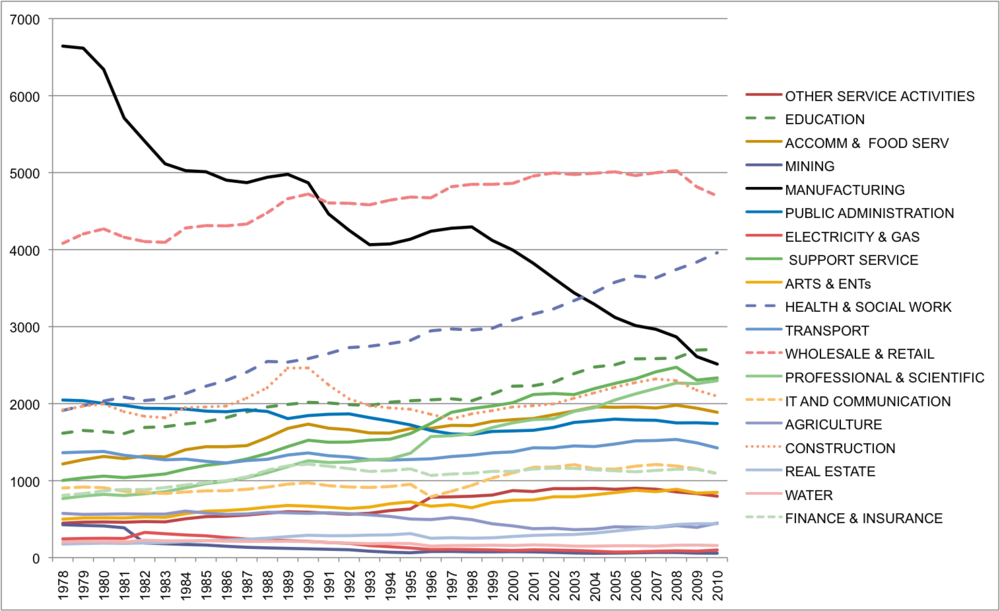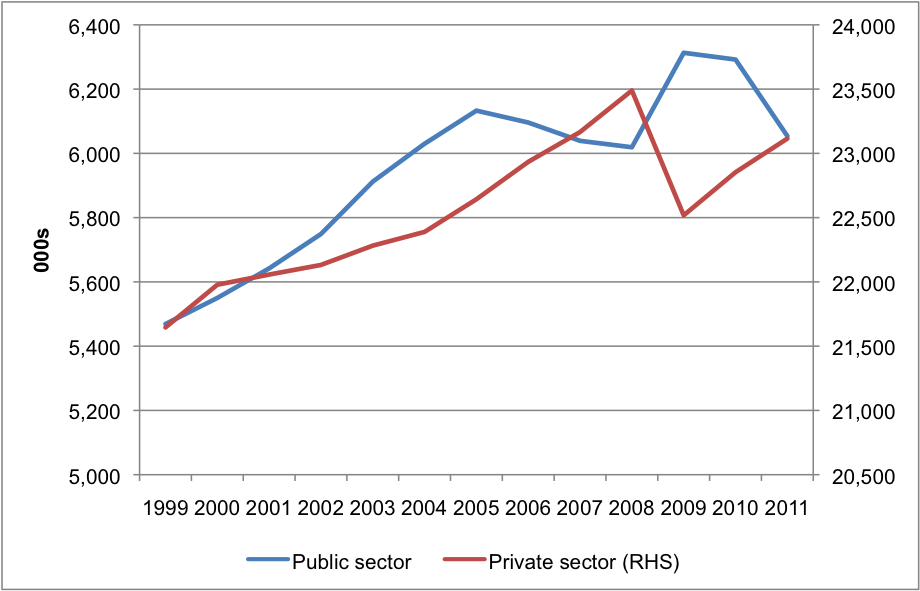We are currently incurring costs akin to having a gold standard – in that we are using gold for monetary purposes, as an inflation hedge. But we don’t get any of the benefits.
In my City AM column on September 4th 2012, I discussed the resource costs of a gold standard. This was triggered by reading Lawrence White's estimate that the benefits of a commodity standard outweigh the costs once inflation hits around 4%. Due to space constraints, the calculations were not included in that article. I thought I'd provide them here. The basic analysis is (White, 1999, p.42-50).
Following Friedman and White we first need to know the ratio of gold to money. This is equal to the typical reserve ratio (like White I used 2%) multiplied by the ratio of currency notes and demand deposits to M2 (52.7%), plus the ratio of coins to M2 (0.18%).
G/M = R + Cp/M = [(R/N)+D][N+(D/M)] + Cp/M
(Where R is bank reserves, Cp is gold coins held by the public, M is M2, (R/N)+D is the ratio between gold reserves and demand liabilities, (N+D)/M is the ratio of notes and deposits (but not coins) to M2).
Assuming the marginal reserve ratio is equal to the average reserve ratio, the resource cost is equal to this ratio (1.2%) multiplied by the change in money supply that would keep the price level unchanged, multiplied by the ratio of M2 to GDP.
ΔG/Y = (ΔG/ΔM) (ΔM/M) (M/Y)
I used 4% for the former (as a rule of thumb), and 176% for the latter (from the World Bank). All in this suggests that a gold standard would cost 0.085% of GDP, which amounts to around £31bn, or £512 per capita.
Back of the envelope calculations, to be sure. I encourage others to give it a better stab.






